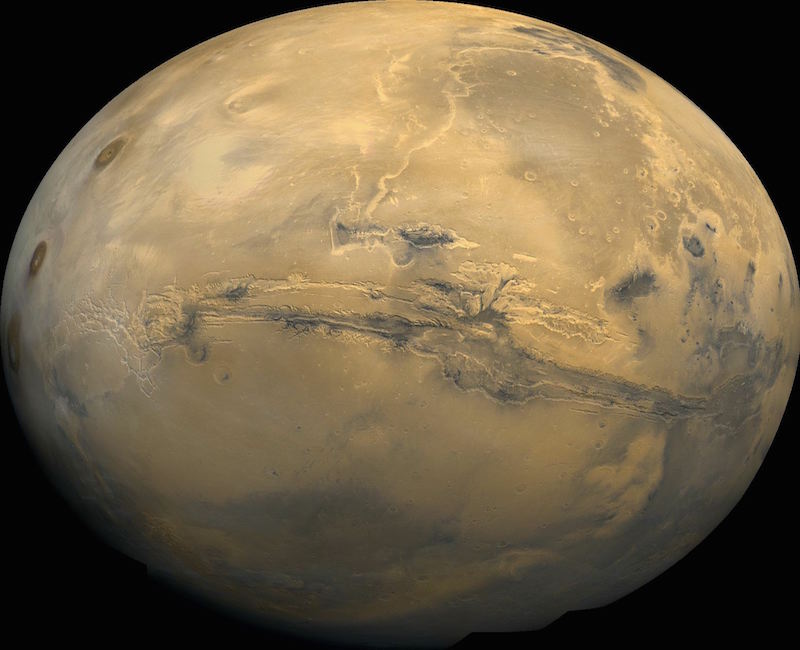Mars
The news has already spread; everyone, or almost everyone, knows about this and countless articles, shows, interviews have been made regarding this mind-blowing news: we are going to Mars. Or at least we will be going in 10 or 20 or even 30 years time.
The trip to Mars sees the science community divided into two: the ones who say that the first men will land on Mars in 2025 and the ones that prefer to look at it as a longer process that will require a little more than just nine years.
The former idea belongs to the company “SpaceX” also known as the first company that was able to reutilise the booster of one of their rockets. Elon Musk (the founder of SpaceX) is probably the most excited person among his co-workers to one day, be able to live on the red planet. NASA employees, instead, are more skeptic: they do believe that people will be able to colonise Mars but the only human expedition to the neighbouring planet is scheduled for no time earlier than 2030 (and even then, it would only orbit the planet).
The red planet is the fourth from the Sun, much smaller, red in colour due to the large presence of iron and its gravity is only 0.38 (whilst Earth’s is 1). This latter piece of information opens a whole new chapter on trips to the red planet; as a matter of fact, once in space, there is no gravity.
This, says Jennifer Fogarty Deputy Chief Scientist for the Human Research Program at NASA, would make one’s bones brittle as 1% of them gets lost every month; thus since it would take around 7 months to get there, at the end of the trip the astronauts’ bones would be significantly brittle and easy to break.
Furthermore there are various medical concerns that could delay the project: first of all, radiation from the sun and cosmic rays which can cause DNA and brain damage; to make matters even worse is water, H 2 O on a spacecraft comes from recycling body fluids but, because of the brittle bones, calcium might clog it making it non-drinkable. This would therefore mean that, if they survive the trip, the people sent to Mars would get there weak, with possible serious brain damage and also vision problems caused by pressure of fluid from the brain against their eyeballs.
In simpler terms: getting to the red planet is not an easy task, nevertheless new spacecraft are being engineered to provide the rocketeers with a comfortable space, a protected environment from radiations, a core part of the shuttle with key systems of navigation and an exercise area to reinforce muscles, bones and circulation. These new rockets would be divided into three main components each with a specific task: one would carry the crew from the Earth’s orbit to space, the central part would carry it to Mars’ orbit where the last part would bring it from the shuttle to the surface and back.
So, if it is so complex to send humans on Mars, why did they choose this planet and not any of the other 6 neighbouring ones? The answer is quite simple and involves many factors. Firstly it is not too close to the sun that, otherwise, would cause a variety of problems to the body; secondly its land surface area is roughly the same as the Earth’s; also there is evidence of climate and seasonal change meaning there is a similar environment, currents, tilt of axes and weather to the one on our planet. Most importantly though, because it presents two polar ice caps (just like Earth’s North and South poles), it means that Mars has water on its surface and underground.
Yet, sending a crew to the red planet would present NASA with two problems: a bill of around $140 billion whilst its annual budget for human-involving missions is $9 billion, and the landing itself. As a matter of fact there could be various ways of landing, none though, would fit for a cargo of this tonnage. The only possible solution would seem to be collaboration with the dreamy SpaceX company to design an ideal settling for the spacecraft using the newly tested techniques of“supersonic retropropulsion”.
The two companies are in fact not rivals but rather collaborators, co-workers; and with the determination of SpaceX and NASA’s knowledge drawn from years of experience, who knows, maybe one day we might really be able to go live on Mars!







































